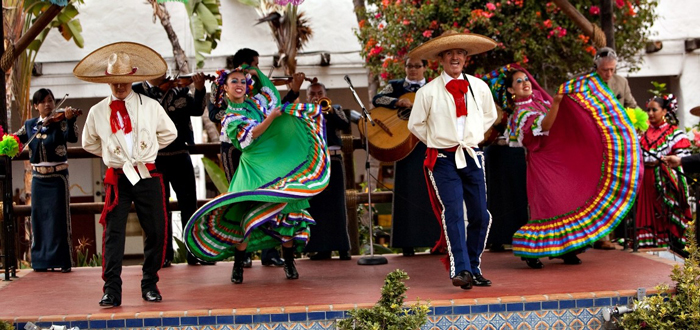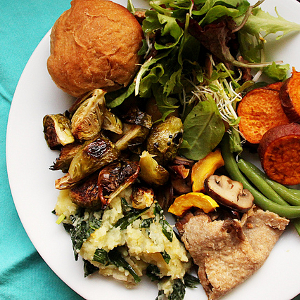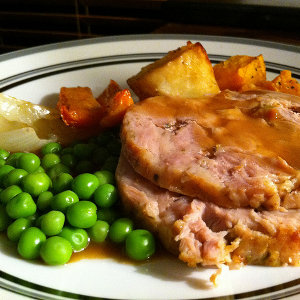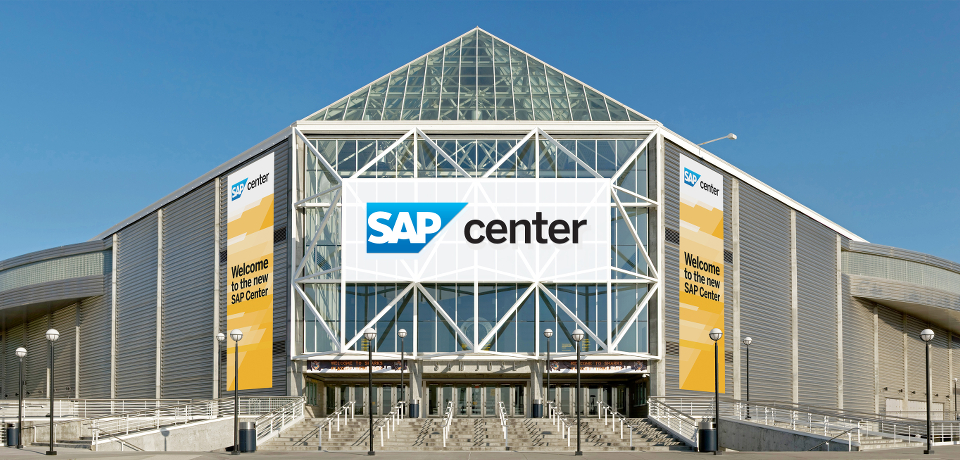Silicon Valley’s dining scene is as broad as it is deep. If you want it, you can probably get it here. But Silicon Valley falls flat when it comes to vegetarian food. While many cities are enjoying a boom in creative vegetarian and vegan cooking, Silicon Valley is stuck in time, a time when meatless options consisted of carrot sticks, cheese and salads. Time to join the 21st century, Silicon Valley. The South Bay does have vegetarian restaurants. They generally fall into two groups: south Indian food (dosa, utthapam) and Asian-ish restaurants that lean heavily on tofu and faux meat. I love south Indian food, but I think the fake meat thing is lame. If you’re going to cook or eat vegetarian food, embrace it. Why dress up food to look like meat? I guess the protein masquerade would be easier to take if the stuff tasted better. It’s rubbery and really just a sponge for the often syrupy sauces in which it is immersed.
Worse still is what it’s made of. Most fake meats are highly processed soy and wheat products. In the case of soy, the stuff is powdered and then treated with heat, acids or solvents to alter its protein structure and make it more meatlike. Add a little carrageenan and xantham gum to bind it together, pass it through an extruder to shape into a patty, nugget or other meat facsimile, and you’ve got faux meat. Vegetarians who think they’re taking the healthy high road when they eat this stuff are misguided.
Even when not manipulated in a food lab, soybeans and tofu are far from a benign product either. Soybeans are typically planted as monocrops, which means they require great inputs of pesticides and fertilizers to keep other forms of life at bay. Brazil is now the world’s largest exporter of soybeans and produces 30 percent of the world’s supply. Soybeans are planted in wooded grasslands, but the industry is having an indirect impact on the biologically diverse rainforest. The soy industry has driven up land prices, spurred new development and pushed cattle ranchers into rainforest land and created impetus for infrastructure improvements that promote forest clearing and spurring deforestation.But it doesn’t have to be this way.
Creative vegetarian chefs can do great things with actual vegetables instead of chemically manipulated textured vegetable protein. I ate at Pure Food and Wine in New York City and was blown away by the restaurant’s refined take on vegan cooking. I could have sworn my zucchini-tomato lasagna with macadamia pumpkin seed “ricotta cheese” was made with the real cheese. Berkeley’s Gather, a vegetarian-leaning restaurant, offers a vegan “charcuterie” plate featuring such selections as mushroom tartar, horseradish salsa verde and porcini oil; Sicilian infant eggplant, Jimmy Nardello chiles and roasted garlic; compressed watermelon “steak,” smoked Canary melon “lardo” and nepitella; carpaccio of heirloom tomato, Puglian cucumber and “tonnato” sauce; and tofu-skin “sausage,” pepper cashew “cheese” and pickled peppers.
Take that, mock duck.I’m hungry for a vegetarian food that celebrates vegetables and cooking, and I bet lots of other Silicon Valley diners are, too, whether they’re vegetarian or not. Is there anyone willing to fill the void?

 Review: Kyora Japanese Restaurant
Review: Kyora Japanese Restaurant  Local Athletes Wear Pink in October
Local Athletes Wear Pink in October 









